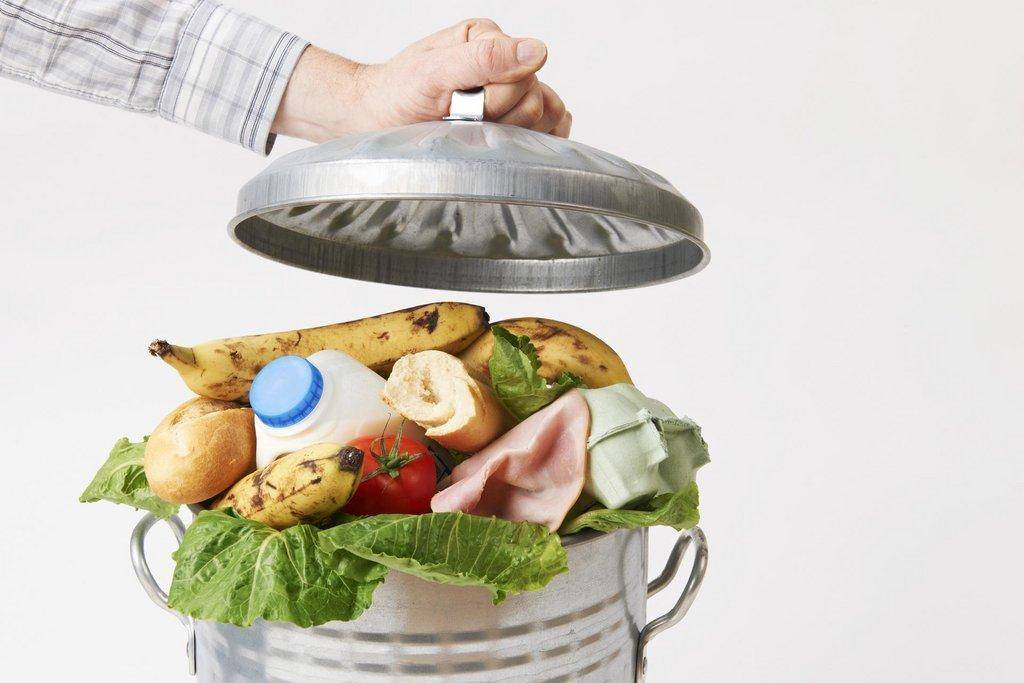By Melanie Jewkes
The average American throws away nearly 275 pounds of food each year. The USDA estimates between 30 to 40 percent of America’s food supply is wasted. Not only is good food wasted, but good money, too, equating to about $390 per year per person. While no one should eat unsafe food, consider these strategies to minimize food waste – and put the saved money toward a financial goal.
1 – Use fresh foods first. Most fresh and perishable foods that have to be thrown away are simply forgotten. Shop with a list and a plan ways to use the food you purchase. It can be easy to over-purchase when there are sale items, or when many fruits and vegetables are in season, so be realistic about how much those in your household will eat. Place fresh items at the front of the fridge so you see them when you open the door. Make a list of your fresh foods and attach it in a prominent place on the fridge. If you find yourself throwing away fresh produce often because it spoils too quickly, purchase reusable containers or bags that ventilate the air and keep water from sitting on the produce.
2 – Store fresh foods properly. Apples can cause nearby produce to ripen or decay more quickly, due to a harmless ethylene they contain that causes food to ripen. To prevent this, keep apples in a produce bag or store them alone in a drawer in the fridge. Onions, potatoes and tomatoes last longer when NOT refrigerated. For storage tips, visit www.fruitsandveggiesmorematters.org.
3 – Understand food expiration dates. These dates are not created equal, are not required by federal regulations (except infant formula) and do not necessarily mean food is unsafe or expired.
4 – The “sell by” date simply tells the store how long to display the product. Consumers should eat or freeze within 3-5 days of the date printed on fresh meat packages.
5 – The “use by” dates refer to peak quality, but are not safety dates (again, except infant formula). They are found most often on fresh and chilled foods such as bagged salads.
6 – “Best if used by/before” dates indicate when food will have the best quality or flavor. Even if the date has passed, the food should be safe if stored and handled properly. Moisture, time and temperatures affect how quickly food spoils.
7 – Use safe methods for preserving foods. Freezing is the quickest way, and most foods freeze nicely. Dehydrating, canning and freeze-drying are other options. Don’t preserve food that is starting to spoil as this will affect the quality of the final preserved product. Be sure to follow safe USDA-approved food preservation and storage recommendations. Check out USU Extension’s website at canning.usu.edu or contact your local county Extension office for further information.

